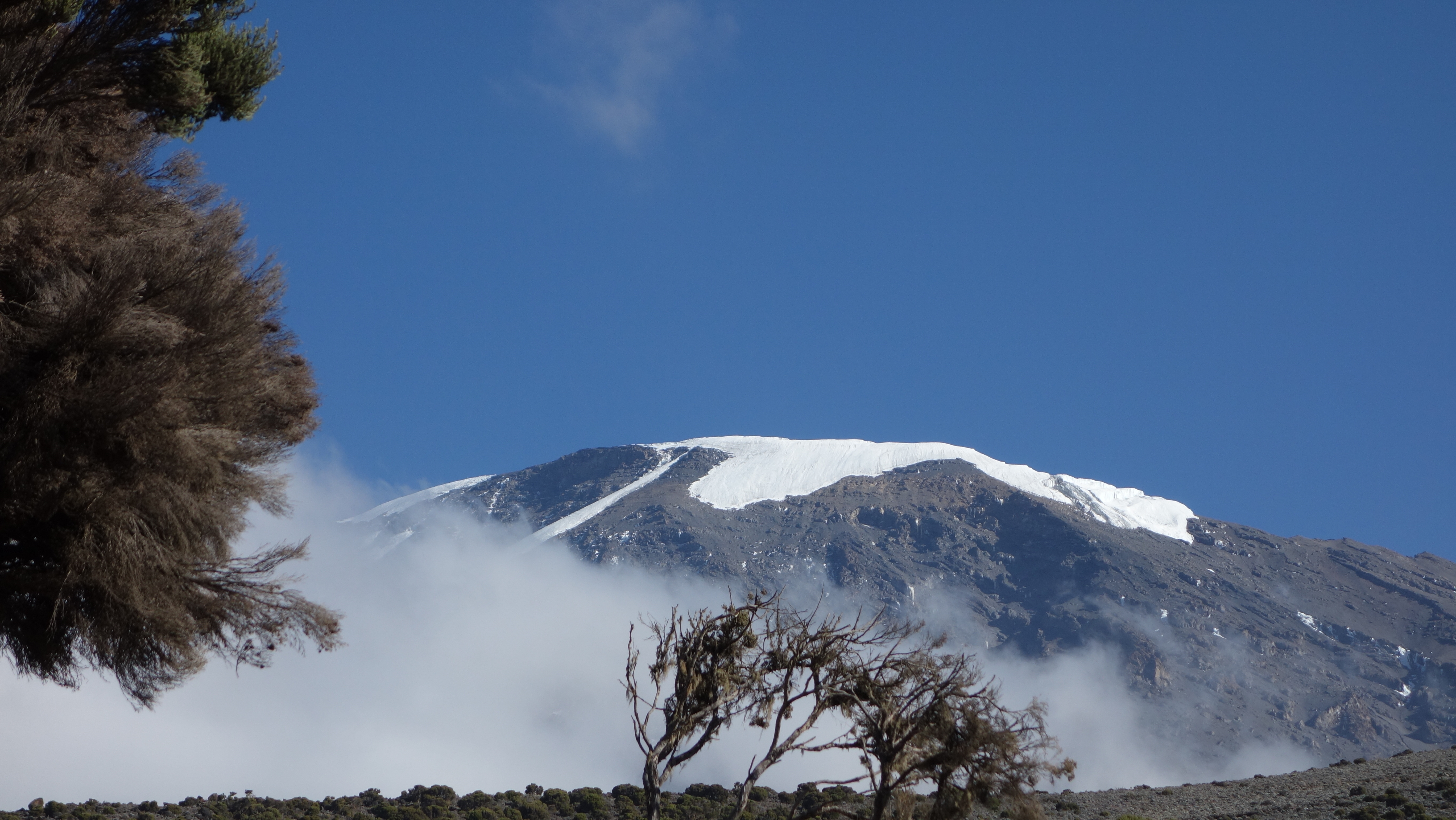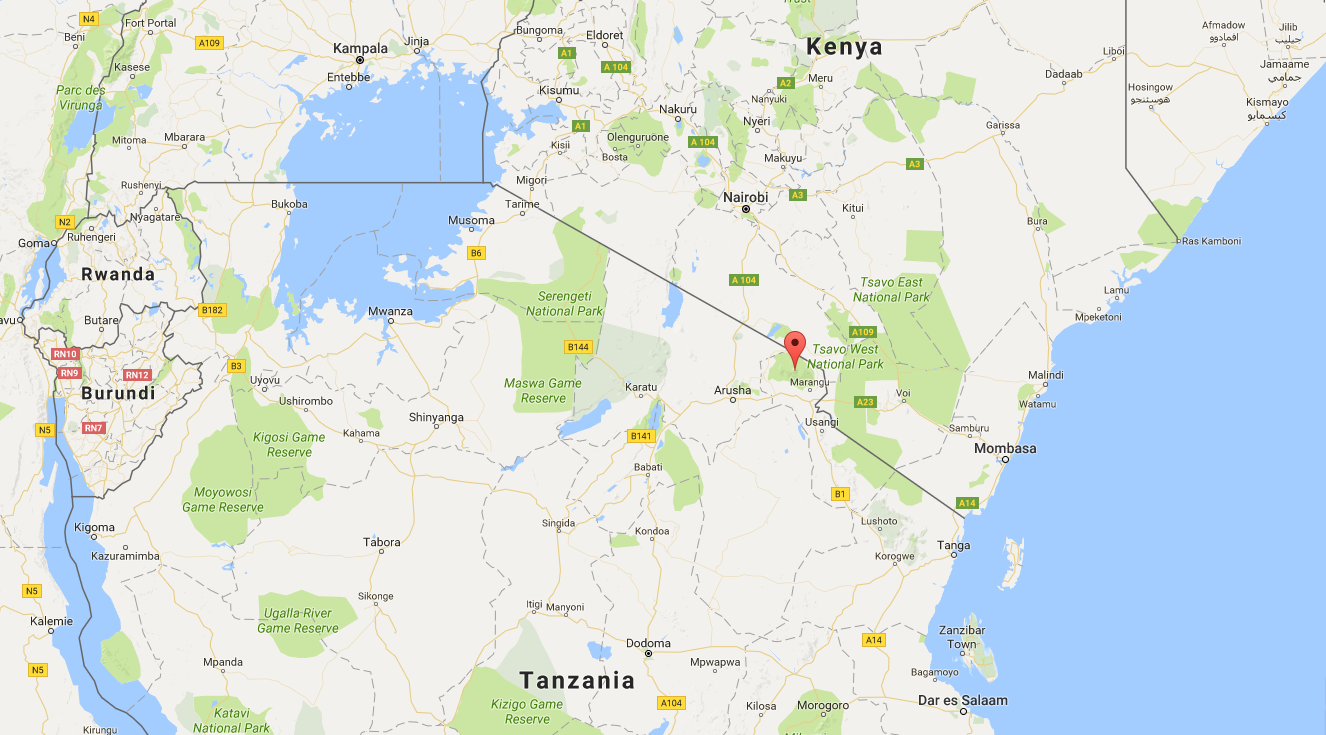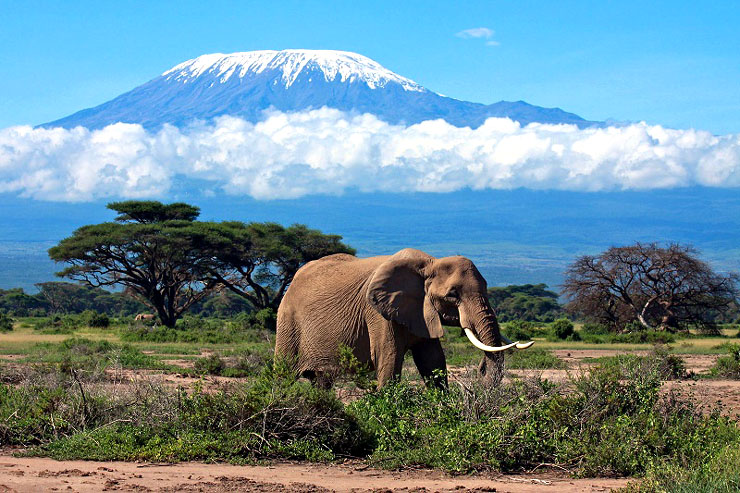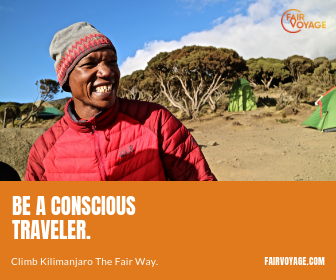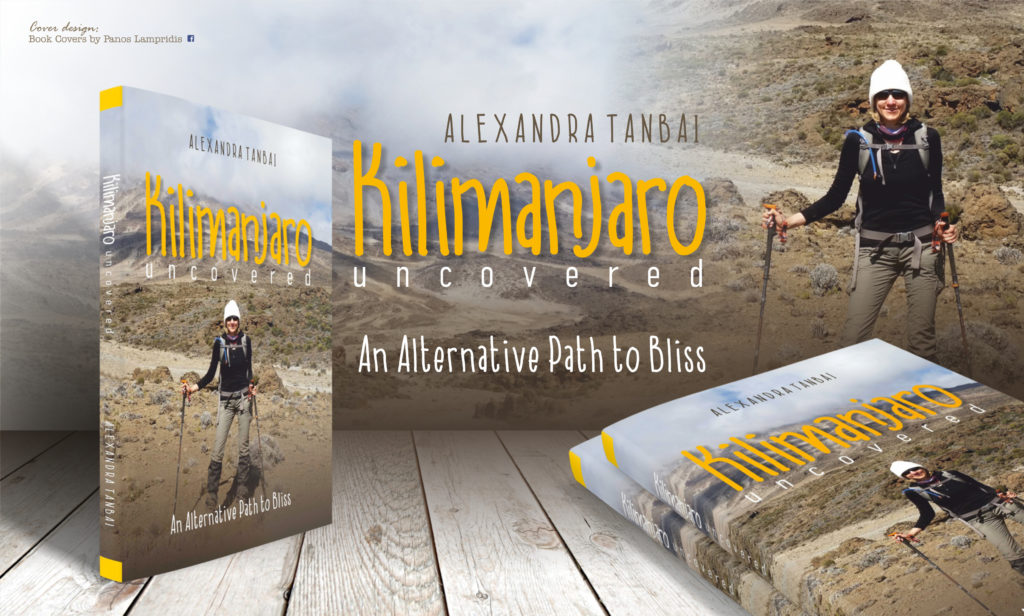Most tourists can tell you that an African Safari is never complete without some time at Mount Kilimanjaro. Although the magnificent mountain is this famous, many people don’t know much about Mt. Kilimanjaro apart from the fact that it is located in Northern Tanzania, has a glacier at the top and that climbing it is a thrilling experience.
If you have climbed this mountain or if you are planning to do so, here are some interesting facts about it.
#1. Mt. Kilimanjaro is the tallest mountain in Africa and is also the tallest free-standing mountain in the entire world. The mountain rises in isolation from the immediate coastal scrubland at an elevated height of about 900 meters up to 5,895 meters.
#2. The Mountain contains about five unique ecosystems. Not many mountains provide you with the ability to experience different ecological systems in one package, but Mt. Kilimanjaro has this unique feature. At the lower levels are the farms, dry fields and villages, which leads you to the mountain jungle. At higher levels, one experiences the alpine desert and the heath and moorland zones where temperatures fluctuate to high temperatures during the night and low temperatures during the day. As you climb further, vegetation and animal life disappears and the glaciated summit appears with its beautiful and captivating radiance.
#3. Mt. Kilimanjaro is a volcano with three cones: Kibo, Mawezi, and Shira. The last two are extinct, but experts say that Kibo can erupt again. However, the mountain has not experienced any eruptions except an activity that is about 200 years old and a major eruption that dates back 360, 000 years ago.
#4. The mountain is slowly losing its ice cap because of changes in climate. Recent studies have shown that the snow at the ice cap might not be in existence in the next 20 years. As we speak, 85% of this snow has disappeared since 1912 and from 2006, 26% of this snow is gone.
#5. About 60, 000 people attempt to climb this mountain ever year. Yes, numbers have sky-rocketed in recent years! Estimates of 25,000 tourists per year are long out-dated. The mountain has several trails to the summit, and its accessibility to hikers makes it a popular destination among hikers.
#6. Kilimanjaro’s weather stems from the interaction of the trade winds with the mountain’s structure. The exact winds that affect the mountain’s weather are the Southeast trade winds, which travel over the Indian Ocean with lots of moisture causing precipitation around March. The anti-trade winds, which comes from the North-east are responsible for the dry months of April to October as they carry no Moisture. The other winds that affect the Mountain and cause some light rains on the northern slopes of the mountain are the North-east monsoons, which arrive in November. As a result, the driest months to climb Mt. Kilimanjaro are January to March and June to October.
#7. The first recorded persons to successfully climb the mountain were Ludwig Purtscheller (an Austrian mountaineer) and Hans Meyer (a German geology professor), together with Mwini Amania (a local guide, cook and porter). They all climbed the mountain on 6th October 1889.
#8. The mountain attracts lots of seniors and the first oldest person to reach the summit is Richard Byerley who climbed the Mt. in 2010 at the age of 84 years and 71 days. Since then, several more seniors have successfully reached the summit, including a Canadian couple aged 85 and 84 in 2012. At the moment, the oldest person to climb the mountain is Angela Vorobyova, a Russian citizen, who climbed the mountain at the age of 86 years and 267 days.
#9. The fastest ascent to the mountain was done in 2014 by Karl Egloff, a Swiss runner and mountaineer who made it up the summit in only 6hrs 42 minutes. However, other fast ascents on the same mountain have been recorded in the past years.
#10. Kilimanjaro is among the most beautiful places on earth. Many people concentrate on the hiking experience and forget to tell you that the place is beautiful in its own way. The white glacier at the top of the summits sharply contrasts with the green vegetation and the rocky mountain giving it a breathtaking view.
Why not explore for yourself? Get inspiration for your Kilimanjaro adventure and book an authentic climb with a responsible tour operator via Fair Voyage—your #1 booking platform for ethical climbs and sustainable tourism in the Kilimanjaro area.
